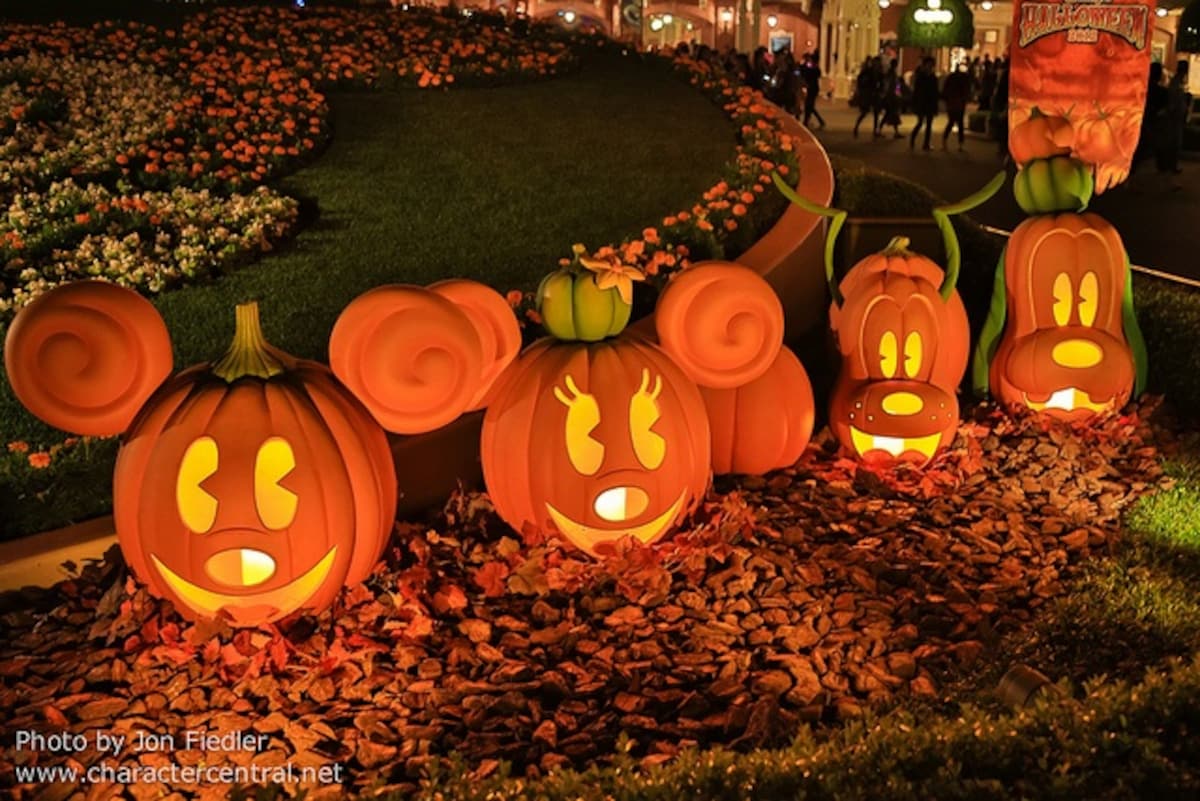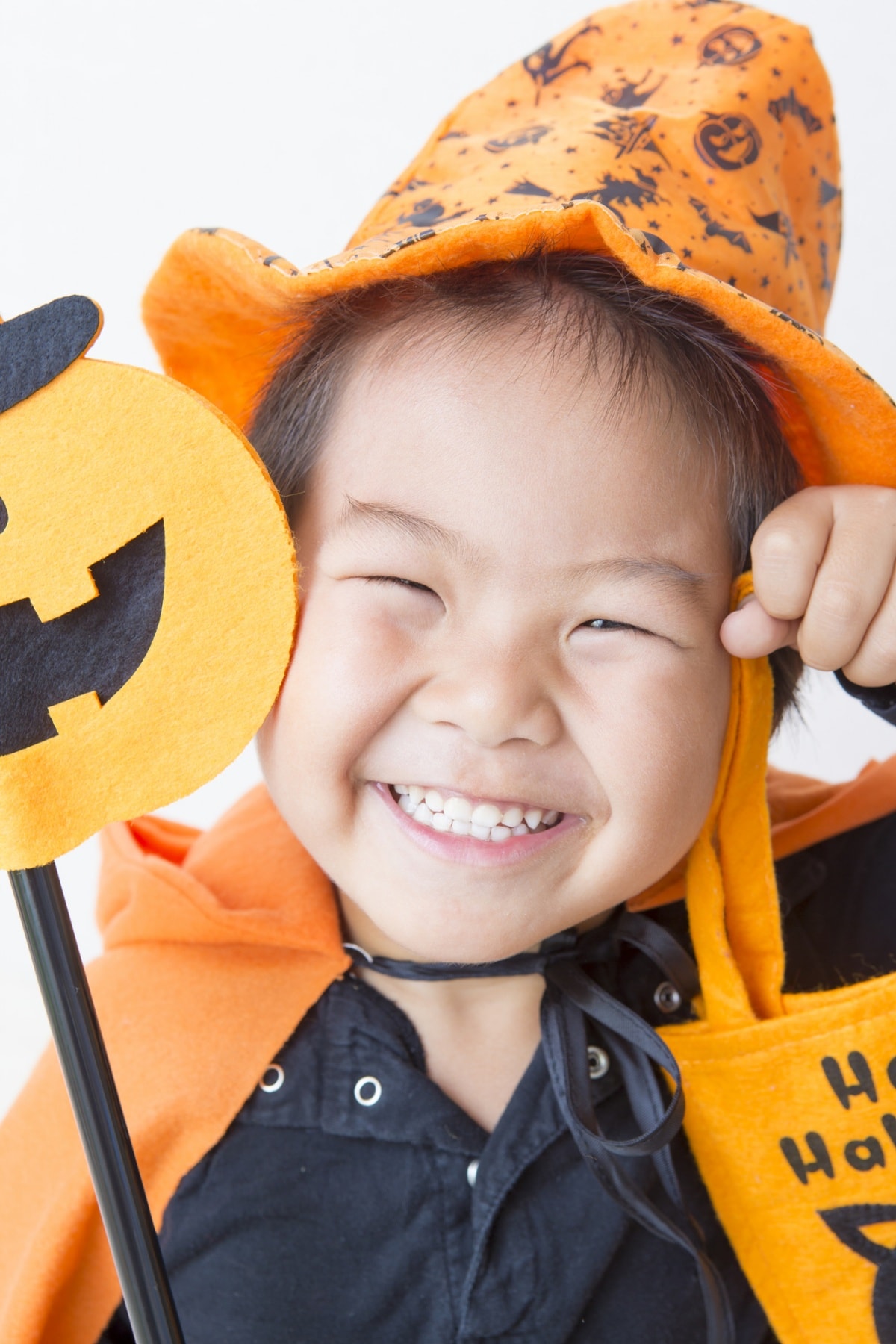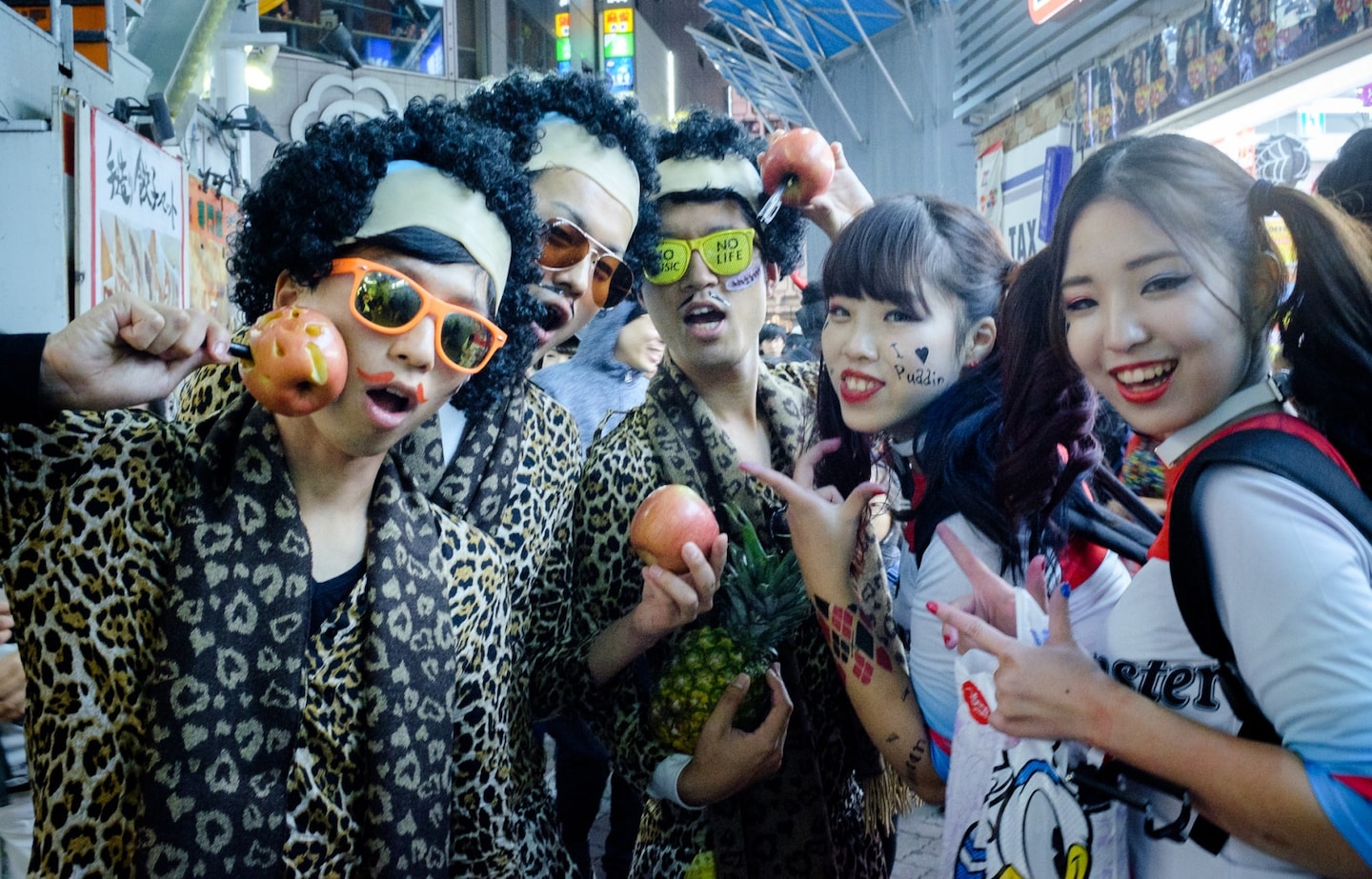The Rise of Halloween in Japan
Nowadays, October in Japan is a month-long celebration of costumes and pumpkins, with every storefront, theme park and night club joining in the frenzy. But just twenty years ago, nobody in Japan even knew Halloween existed. What caused this huge change? Japan’s Madame Riri looks at four different reasons.
By SoraNews241. Theme Parks

https://www.flickr.com/photos/peterpanfan1953/8540387270/in/photolist-e1FHAo-oYFp6J-ppqcC-pD6DX4-d8K6Lw-8FRXay-5m1fHW-awbso5-i5FfWZ-pVAXWG-5kVYH8-q1Vrx-5mKAbf-6VkpiX-fQMs4e-4NeZa-5mFgED-akpFAp-awfiEv-4NeZd-fSRGpv-i5A17G-5vZkFG-5mFiW8-5mKwnw-5mFh6B-akpBzv-
Up until about the year 2000, Halloween was something people would only hear of by learning English or watching TV programs from other countries. But when Tokyo Disneyland got in on the act (let’s face it—there’s money to be had from a simple spooky makeover), people began to sit up and take notice. On 31 October 1997, visitors to Disneyland wore costumes to be part of “Disney Happy Halloween.” Then in 2000, 400 visitors and Disney characters in costume held a “Happy Halloween Twilight Parade” in the park.
Already enamored of Disneyland, the people of Japan were enchanted by this new idea of Halloween. The event was a hit in 1997, and the scale of the party increased along with public awareness until Halloween became established as an annual autumn event. Currently, the lavish celebration kicks off sometime in early September.
Universal Studios Japan opened its doors in 2001 and got in on the act from 2002 with “Hollywood Halloween.” The two major theme parks of Japan gradually brought Halloween more and more into the public consciousness.
2. Cosplay Culture
A big part of Halloween’s popularity could be attributed to “fancy dress.” I mean, how many other events do you get to dress up for? And dress up to look hot? Reindeer sweater or jingle bell earrings? Not so sexy. Vampire or werewolf? Reowww!
Plus, Japan is the homeland of cosplay, where many people love to transform themselves into their favorite anime or video game characters. Japanese fashion also tends to be less conservative. Walk down Takeshita-dori in Harajuku anytime and you’ll spot out-there outfits. Even before Halloween landed in Japan, the Takenoko-zoku were dancing it up on the street in attention-grabbing wear, and the yankii were bleaching and teasing up a storm to create their distinctive punk looks.
With such a distinguished history of fancy dress, the quick adoption of Halloween costume parties isn’t too much of a surprise. If only Easter or Thanksgiving had such great costumes, they might also be as well known by now!
3. Children Learning English

Some people in Japan probably first heard of the foreign concept of decorating pumpkins when they were children during their English classes. But when they came home primed to attack pumpkins with carving knives, their families would have been confused, not having heard of any such event.
Time has flown by since then. The world is growing increasingly global, and Japan places a high importance on English language proficiency. In 2011, English became a compulsory subject for grade five and six elementary school students. In addition, major companies such as Uniqlo and Rakuten have lately adopted English as their official language for all operations. The movement to proactively learn English has gained momentum.
In this climate, children’s English education came to the fore. The number of parents taking their children to English conversation lessons soared, and as the kids picked up more English conversation, the idea of Halloween spread. For young learners, it’s not just about memorizing lists of verbs—the majority of schools aim to make learning fun by incorporating elements of foreign culture. So don’t be too surprised if you hear a knock on the door of your manshon (condominium) and a high-pitched chorus of “Trick or treat!”
4. Japan's Japaneseness
https://www.youtube.com/watch?v=XCNFA90H38Q
Halloween in Japan is a little different to the Halloween of other countries. Halloween was originally a celebration of the autumn harvest and a ritual to appease spirits of the dead–the Japanese equivalent would be the Bon Festival. But not many Japanese people know that Halloween was said to be the day on which the spirits of the dead visit their family homes. To be honest, I didn’t really know that myself, and I’m not planning on leaving food out for them, except candy. Sorry, ancestors!
Basically, Japanese Halloween is a fun celebration, purely for amusement value and without cultural subtext. It’s highly commercialized, just as Christmas is.
Japan has a tendency to adopt festivities from other cultures, like Valentine’s Day, Christmas and even Beaujolais Nouveau, which may be related to the insatiable passion Japanese consumers have for new and interesting seasonal flavors—just look at all the different varieties of KitKat!
Accustomed to honoring the four seasons, most businesses use seasonal celebrations as part of their marketing strategy. Events that may have begun as a commercial exercise may take on a wider social meaning (like Valentine’s Day). The popularity of Halloween in recent years may be directly tied to this consumer affection for seasonal celebrations.
Either way, I can’t resist a pumpkin choux creme. Hello, Halloween!




